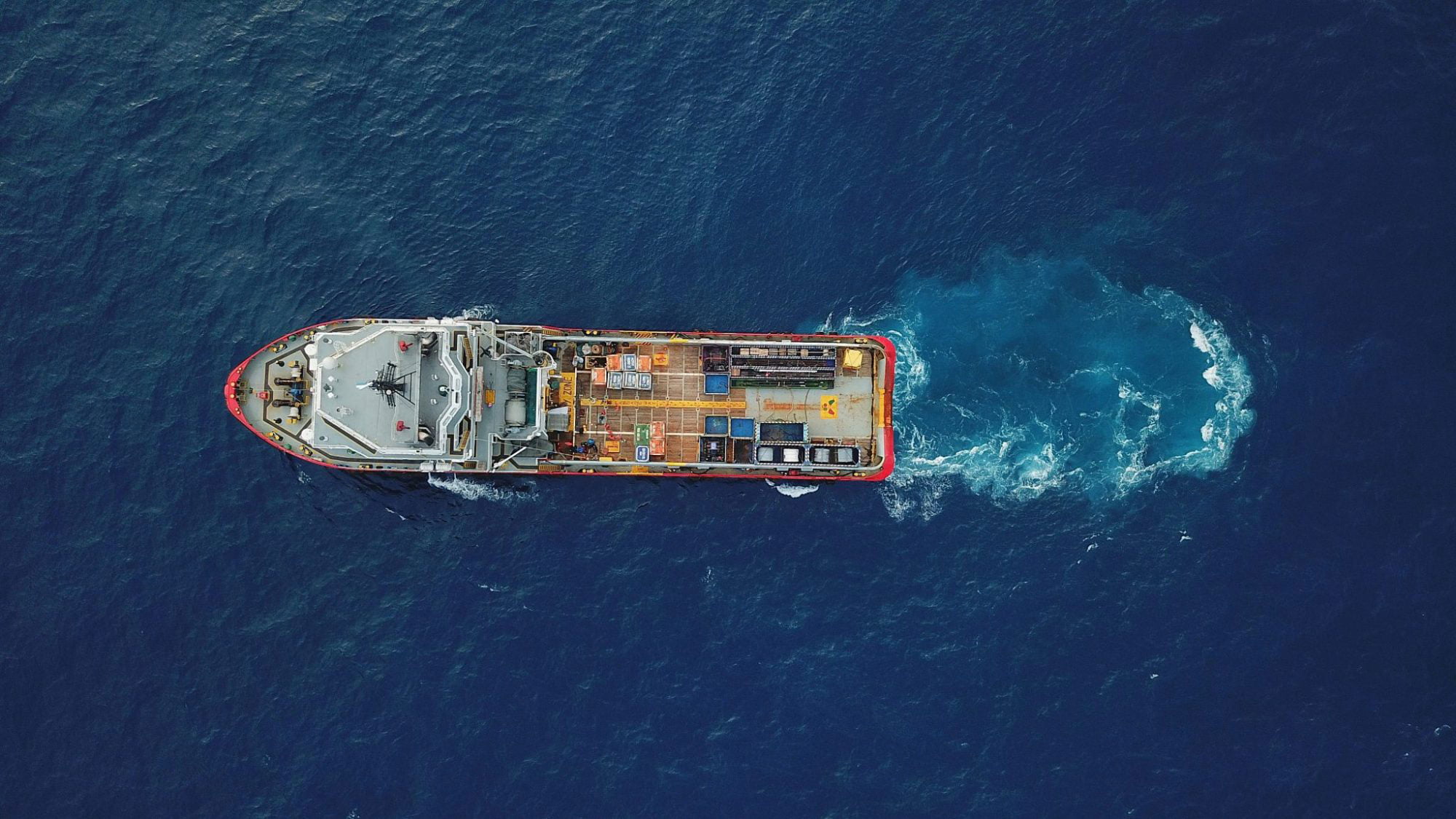The coronavirus pandemic has shut down activity across the world, forcing several countries into lockdown and threatening to bring the global economy to its knees.
The rapid spread of the virus has also had a major impact on shipping markets and routes — with a slump in demand and travel restrictions having a knock-on effect on container ships and oil tankers.
Many cruise operations have also been halted, leaving passenger cruise ships stranded — like the Fred. Olsen line which has temporarily taken up residence in Scotland’s Firth of Forth.
This drastic reduction in activity has had one positive outcome, though: a significant decrease in global pollution levels.
Recent evidence showing a drop in pollution has further strengthened the arguments for combatting climate change and served as a wake-up call for many, who are now starting to realise the scale of our impact on the environment.
The extent of the maritime industry’s impact
Container shipping remains the most carbon-efficient way of transporting goods around the world. However, vessels can still emit large quantities of pollutants such as sulphur oxides (SOx), nitrogen oxides (NOx), particulate matter (PM) and carbon dioxide (CO2) into the air — particularly in areas subject to heavy marine traffic. SOx and PM emissions are heavily influenced by the type of fuel used, while NOx emissions can generally be controlled through standards established for new engines.
Maritime transport is responsible for approximately 90% of global trade, and traffic accounts for about 2.1% of the world’s CO2 emissions. However, at current growth rates, shipping could account for some 10% of greenhouse gas emissions by 2050.
Air pollution is not the only environmental issue the maritime industry has to contend with, though. The scope of challenges is quite broad — from inhibiting the transfer of invasive species and reducing noise and wave disturbances to preventing the release of oils, chemicals and biocides through accidental spills and operational discharges.
For example, ballast water discharges and hull fouling have the potential to transfer aquatic invasive species from one location to another with consequent changes in regional and local ecosystems.
Accidental oil and fuel spills can also cause significant damage to the environment, while marine debris poses a serious threat to marine species which ingest or become entangled in it.
Some marine species spend considerable time at the water surface, making them especially vulnerable to injuries from vessel traffic. Increasing ship traffic also elevates ambient noise levels in the marine environment, which can have a detrimental effect on animal communications, breeding and behaviour patterns.
These threats posed by shipping are not spread evenly across the oceans but rather concentrated in congested shipping lanes and ports.
What’s being done to tackle this?
The maritime industry is continuously making significant advancements in reducing its environmental impact. In particular, many actions have been undertaken in recent years to reduce air emissions from ships.
The International Maritime Organization (IMO) has introduced regulations to address air pollutants from international shipping. As of January 2020, the IMO has decreased the global sulphur cap from 3.5% mass/mass to 0.5%. There are also more stringent requirements in designated Emission Control Areas in the Baltic Sea, North Sea, North American sea and area around the United States and the Caribbean Sea. In these areas, the sulphur cap is 0.10% mass/mass.
The World Shipping Council (WSC) is also working closely with the IMO to implement a number of other environmentally friendly measures. Members of the council actively support an effective solution for managing ballast water discharges from vessels to minimise the environmental risk they present for the transfer of aquatic invasive species.
Extensive standards have also been put in place to prevent accidental oil and fuel spills — and to enable better, more rapid responses to such incidents when they do occur.
To afford greater protection to certain marine ecosystems, a variety of legal mechanisms have been put in place to limit activities in specific areas, too. For example, Particularly Sensitive Sea Areas (PSSAs) have been established at an international level. PSSAs are subject to unique measures that have been prescribed for the protection of the area.
Further advancements
The millions of containers that form part of the global supply chain are also used and reused countless times, and it is now possible to recycle 98% of most containers. Those containers that are not recycled to make new steel products are often refurbished for use as storage units — or even donated for use as temporary schools or offices in remote locations.
In 2020, hybrid ship propulsion systems have also become a reality. The Norwegian cruise line Hurtigruten is building expedition ships using new environmentally sustainable hybrid technology. Combined with the hull construction and effective use of onboard electricity, the technology will reduce fuel consumption by approximately 20%. MTU will also be launching a range of completely integrated hybrid ship propulsion systems, with variable modes suited to different vessel types, this year.
Hydrosphere has been serving the maritime industry since 1994 — supplying high-quality, reliable and cost-effective aids to navigation solutions. To find out more, please get in touch today.








